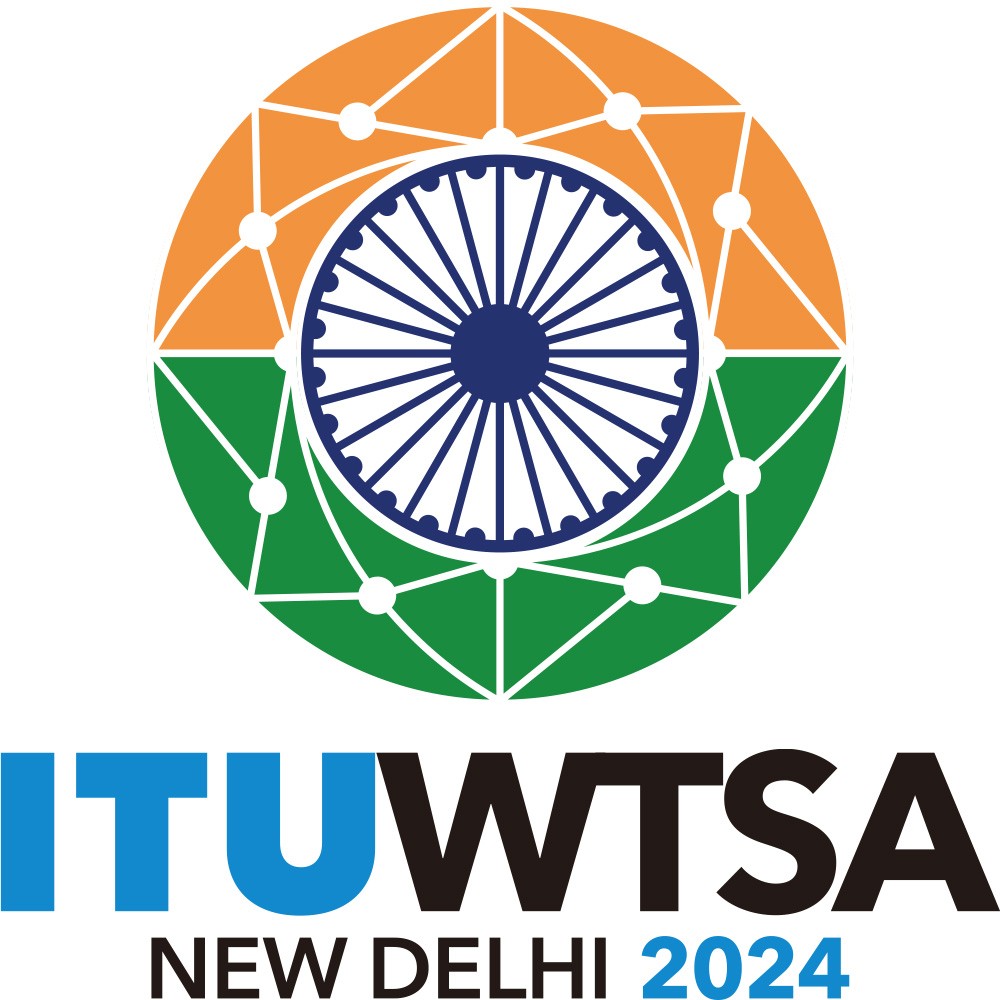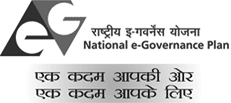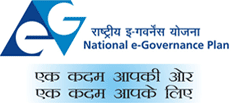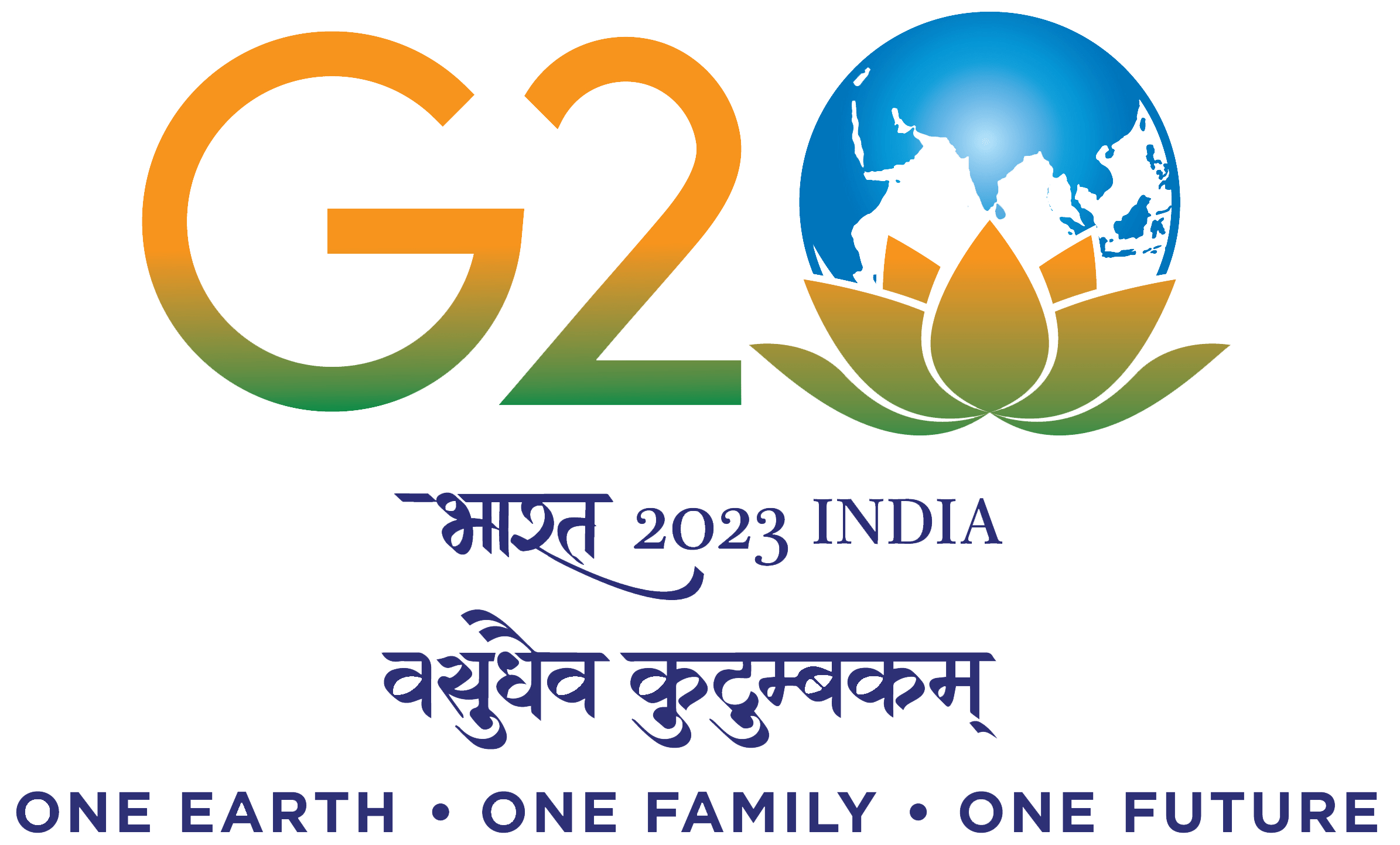Formal education in Mizoram started with the arrival of Christian missionaries. The Christian Missionaries introduced the Roman scripts in 1894 with a phonetic form of spelling. They started opening schools in few villages, such as Khawrihnim, Phulpui and Chhingchhip 1901. In 1903, three more schools were opened and seven more in the next year. In 1909, the first ever Middle Schools were opened in Aizawl and Serkawn respectively. In 1944, the first High School was started in Aizawl by public donations. The opening of High School marked a new epoch of event in the educational progress in the hilly area, now called Mizoram.
For more than half a century, i.e. from 1895 to 1952, Elementary Education was looked after by Christian Mission through Honorary Inspector of Schools. During the period between 1953 and 1972, the management of Primary Education was in the hand of District Council. When Mizoram became Union Territory in 1972, the administration and management of Elementary Education, i.e. Primary & Middle School was transferred to the Government. Since then there has been phenomenal growth quantitatively.
The educational progress in the post independent period is quite remarkable. The progress was due to the joint efforts of the government and active participation of the community. The first five decades of the 20th century shows the expansion and steady consolidation of the first level of education and beginning of the second level. The Directorate of Education was established in the year 1972. The various wings of the department were streamlined and strengthened with state level officers, as respective head of offices. These are (a) General Administration (b) State Social Welfare Officer, (c) Science Promotion Officer (d) Senior Research Officer (e) Special Officer (Scouts and Guides & Sports and Games) (f) Joint Director of Adult Education (g) Curator of State Museum. Apart from this, the High School Leaving Certificate (HSLC), Middle School Leaving Certificate (MSLC) and Primary School Leaving Certificate (PSLC) were under the Inspector of Schools until the Mizoram Board of School Education (MBSE) was established in 1976. State Council of Educational Research & Training (SCERT) Wing was established in 1980. Social Welfare Wing was established as a separate Directorate in the year 1984. Later, the Sports Wing was also established as a separate Directorate in the year 1986. In 1989, the Department was trifurcated into 3(three) directorates namely, Directorate of School Education, Directorate of Higher & Technical Education and Directorate of Art & Culture. In the year 2008, SCERT with District Institute of Education & Training (DIET) combined became a separate Department, see the details here https://scert.mizoram.gov.in/
Design of school syallabi, preparation of school text books and evaluation of the learning out-comes are being done by SCERT (for Elemenatry Stage) and Mizoram Board of School Education (MBSE), which is an autonomous body. See the details here https://www.mbse.edu.in/
It may be said Mizoram is a late starter in the field of general education. Starting with a literacy rate of 0.9% in 1901 census, 88.80% in 2001 census, Mizoram has now achieved a literacy rate of 91.33% in 2011 census. The School Education Department has a vowed aim to achieve 100% literacy through the project known as Rapid Action for Total Literacy Campaign.
Mention may be made in rapid growth of various institutions few years ago. The community established schools and colleges with their own resources. Later on such institutions were taken over by the Government on merit of the case. The zeal and enthusiasm of the community in establishing and opening of educational institutions is quite encouraging.
The Directorate of School Education located at Education Centre, Treasury Square, Aizawl looks after Elementary Education, Secondary Education, Higher Secondary Education, Adult Education, Hindi Education and Physical Education within the State. The Department is headed by the Director who is assisted by 1 (one) Additional Director, 2 Joint Directors and 7 Deputy Directors.
ELEMENTARY EDUCATION
The Elementary Education in the State consists of Primary Schools from Class I to IV and Middle Schools from Class V to VII. From the year 2011 academic session, Class VIII which used to be one of the components of Secondary Schools has been shifted to Middle Schools so that the Elementary structure is now from Class I to VIII. According to UDISE 2021-22, there are 1935 Primary Schools with 7967 teachers having 146216 students; 1544 Middle Schools with 8966 teachers having 93051 students.
SECONDARY EDUCATION
The Secondary Education consists of High Schools (Class IX and X) and Higher Secondary Schools (Class XI and XII). The Higher Secondary Schools came into existence only in the year 1996 when the Pre-University class equivalent to Class XI & XII was shifted from Colleges to Schools. According to UDISE 2021-22, there are 715 High Schools with 4301 teachers having 40354 students; 204 Higher Secondary Schools with 1815 teachers having 26533 students.
ADULT EDUCATION
The overall programme of adult literacy at the School Education Department to the Govt. of Mizoram is carried out by the Adult Education Wing of the Directorate of School Education. It is headed by the Joint Director in-charge supported by the Deputy Director(Adult Education), Asst. Director(Adult Education) and Assistant Publication Officer. In addition, it has three District Offices, namely:-
1) District Adult Education Office, Aizawl East to look after parts of eastern Aizawl district, and the districts of Serchhip, Champhai, Khawzawl and Saitual.
2) District Adult Education Office, Aizawl West to look after parts of western Aizawl district, and the districts of Kolasib and Mamit.
3) District Adult Education Office, Lunglei to look after districts of Lunglei, Lawngtlai, Siaha and Hnahthial.
Highlights of Adult Education Programmes:
One of the main objectives of the Adult Education Wing is to promote and strive for total literacy effectively. However, it is still bereft of desirable achievement. As per the Census of India 1991, Mizoram occupied the second highest literacy in India (82.27%). National Sample Survey Organisation declared Mizoram as 1st position, the highest literacy for 95% in 1996. According to Census 2001, it was 88.80%, 91.33% in 2011, thereby it occupied the third position after Kerala and Lakshadweep. There are still yet 80500 illiterates (Male -31249 and Female – 49251) in 2011. As a result of concerted efforts of the Wing and supports from the community, it could achieved 95.34% literacy as per Departmental Survey and Assessment in 2015.
The following activities are carried out to promote Adult Education Programmes:-
a) Each-One-Teach-One: This scheme began in 1990 was very important and effective to attain higher literacy rate among the adult illiterates who were cultivators, house-wives, baby-sitters or those busy with domestic chores. A Village Adult Education Committee was formed in every village under the chairmanship of Village Council President.
b) Continuing Education Programme: was introduced in the year 1997-1998 and Mizoram opened 40 Nodal Continuing Education Centres and 360 Continuing Education Centres. The scheme was mainly for neo-literates and school drop-outs for retention of their literacy competencies, continuation of learning beyond elementary literacy and application of this learning for improving their living conditions, etc..
c) Eradication of Residual Illiteracy Project: The scheme was implemented during the year 2004-2005 for eradication of residual illiteracy where there was low literacy rate within Lawngtlai District. Special Literacy Drive was also carried out in the same district till the year 2014-2015.
d) Total Literacy Campaign & Total Literacy Drive : Rapid Action for Total Literacy Campaign which was launched in December 2010 to achieve number 1 position in literacy rate in the whole country.
f) Publication & Library: To support and supplement neo-literates, school drop-outs and any person in general, in reading skills and spreading of knowledge, Rural Library scheme was run till 2014 and MEICHHER, a monthly magazine is published regularly from March 1975.
ACTIVITIES IN THE RECENT PAST
1. PADHNA LIKHNA ABHIYAN: A Centrally Sponsored Scheme called ‘Padhna Likhna Abhiyan had been approved during 2020-2021. However, the scheme was extended till 30th September, 2022 because of Covid pandemic. 1st and 2nd Basic Literacy Assessment Test for the learners under the scheme were conducted. The total number of successful learners was 3522 out of 16362.
2. FOUNDATIONAL LITERACY AND NUMERACY: Memorandum of Understanding was entered between Directorate of School Education, Mizoram and Lucknow based DEVI Sansthan (Dignity, Education, Vision International) for implementation of Foundational Literacy and Numeracy programme under the State normal budget. The programme/scheme is being implemented in Mizoram within 3 Districts, viz., Aizawl, Mamit and Lawngtlai. The total number of successful learners in the Post-Test (evaluation) was 261 during the year 2022-2023.
3. SPECIAL LITERACY DRIVE FOR KOLASIB DISTRICT is carried out during 2022-23.
4. PILOT PROJECT FOR MODEL CENTRE ON ADULT LITERACY AND OCCUPATIONAL SKILL DEVELOPMENT PROGRAMME: is to equip neo-literates and school drop-outs to with occupational skills. It was implemented during 2021-22 and thwarted to some extent by Covid pandemic thus extended for FY 2022-23.
5. CRITICAL LIFE SKILLS AND OCCUPATIONAL SKILL DEVELOPMENT PROGRAMME FOR MODEL CENTRES 2022-2023: It is aiming
• Retention of literacy skills and to create learning society for neo-literates and drop-outs.
• To apply functional literacy for promotion of occupational skills for literate youths.
• To generate income by organizing short duration training course for working age group.
HINDI EDUCATION
Propagation of Hindi Language is considered very important for a non-Hindi speaking State like Mizoram. Therefore, there is a separate Hindi Propagation Wing in the Directorate of School Education headed by Deputy Director. The Hindi Education is imparted in Schools from Class V to IX.
As per the records, there were only 44 posts of Hindi Teachers before Mizoram attained the status of Union Territory in 1972. Scheme of Propagation of Hindi in Mizoram has been in operation since 1973 – 1974. At present, there are 1108 number of Hindi Teacher posts maintained under the Directorate of School Education.
PHYSICAL EDUCATION
Physical Education Wing was established back in the under 1973 under Education Department and the wing is headed by Physical Education Officer. When the Sports & Youth Services Department was created by the Govt. of Mizoram in the year 1986 Physical Education Wing, Scout & Guides Wing and Coaching Wing were transferred to Sports Department. But, due to inconveniences in the field of duty and all the activities of Physical Education Wing are related to School going children and teacher, the Physical Education Wing is transferred back to its parent Department in the year 1993.
Since then, Physical Education Wing is looking after all Sports activities and Physical Education programme for School going children, such as, Mizoram Higher Secondary School Games, Mizoram Secondary School Games, Middle School Zonal Sports, Primary School Zonal sports. Besides these programmes, Physical Education Wing imparts Orientation Course in Physical Education for High School, Middle School and Primary School teachers. Apart from these state programmes, the wing also handles National School Games Programme sending children in various disciplines every year.
Physical Education Wing annually send trainees for B.P.Ed. to recognized Physical Education College.
Since, Fit India programme was launch in on 29th August, 2019 by Hon’ble Prime Minister, Physical Education Wing organized Sensitization of Fit India Programmes for High School, Middle School and Primary School teacher in all the District and Sub-Divisions.
DISTRICT ADMINISTRATION
1. District Education Offices (DEOs): For administrative control and convenience, the School Education is having 11 District Education Offices in each of the district headquarters. Each division looks after Secondary Education including Higher Secondary Education in the district. So, DEOs are located at
1) Aizawl, Email- deoazldist@gmail.com 0389-2314082
2) Lunglei, Email- lungleideo1@gmail.com 0372-2324072
3) Siaha, Email- deosiaha@gmail.com 03835-226032
4) Lawngtlai, Email- deolti7@gmail.com 03835-233231
5) Champhai, Email- deochamphai02@gmail.com, rmsachamphai@gmail.com 03831-234370
6) Kolasib, Email- deokolasib@gmail.com. deokolasib360@gmail.com 03837-221506
7) Mamit, Email- deomamit@gmail.com 0389-2565456
8) Serchhip, Email- serchhhipdeo14@gmail.com 03838-222182
9) Hnahthial, Email- hnahthialdeo@gmail.com
10) Khawzawl, Email- deokhawzawl5@gmail.com
11) Saitual, Email- deosaitual@gmail.com
2. Sub-Divisional Education Offices (SDEOs): The Department is looking after 20 Sub-Educational Divisions under the charged of Sub-Divisional Education Officers, namely
1) SDEO Aizawl East, Email- sdeoeast@gmail.com 0389-2326063
2) SDEO Aizawl South, Email- sdeoaizawlsouth@gmail.com 0389-2347153
3) SDEO Aizawl West, Email- aizawlwestsdeo@gmail.com 0389-2325839
4) SDEO Darlawn, Email- darlawnsdeo@gmail.com 0389-2569468
5) SDEO Saitual, Email- saitualsdeo@gmail.com,sdeosaitual@gmail.com
6) SDEO Lunglei North, Email- sdeolunglein@gmail.com
7) SDEO Lunglei South, Email- lungleisouthsdeo@gmail.com
8) SDEO Lungsen, Email- sdeolsn2008@gmail.com
9) SDEO Hnahthial, Email- sdeohnahthial@gmail.com
10) SDEO Champhai, Email- sdeochamphai0@gmail.com
11) SDEO Khawzawl, Email- khawzawlsdeo@gmail.com
12) SDEO Kolasib, Email- sdeo.klb@gmail.com
13) SDEO Kawnpui, Email- sdeokawnpui@gmail.com
14) SDEO Serchhip, Email- sdeoofficeserchhip@gmail.com
15) SDEO North Vanlaiphai, Email- sdeonvanlaiphai@gmail.com
16) SDEO Thenzawl, Email- sdeotz@gmail.com
17) SDEO Mamit, Email- sdeomamit1@gmail.com
18) SDEO West Phaileng, Email- wphailengsdeo@gmail.com
19) SDEO Kawrthah, Email- sdeokawrthah2021@gmail.com
20) SDEO Ngopa, Email-ngopa sdeo@gmail.com
Three Autonomous District Councils in the state, such as Lai Autonomous District Council, Email - education.msladc@gmail.com, Mara Autonomous District Council, Email - zamabawitlung@gmail.com and Chakma Autonomous District Council - Email : cemcadc@gmail.com look after Elementary Education within their respective jurisdictions.

















